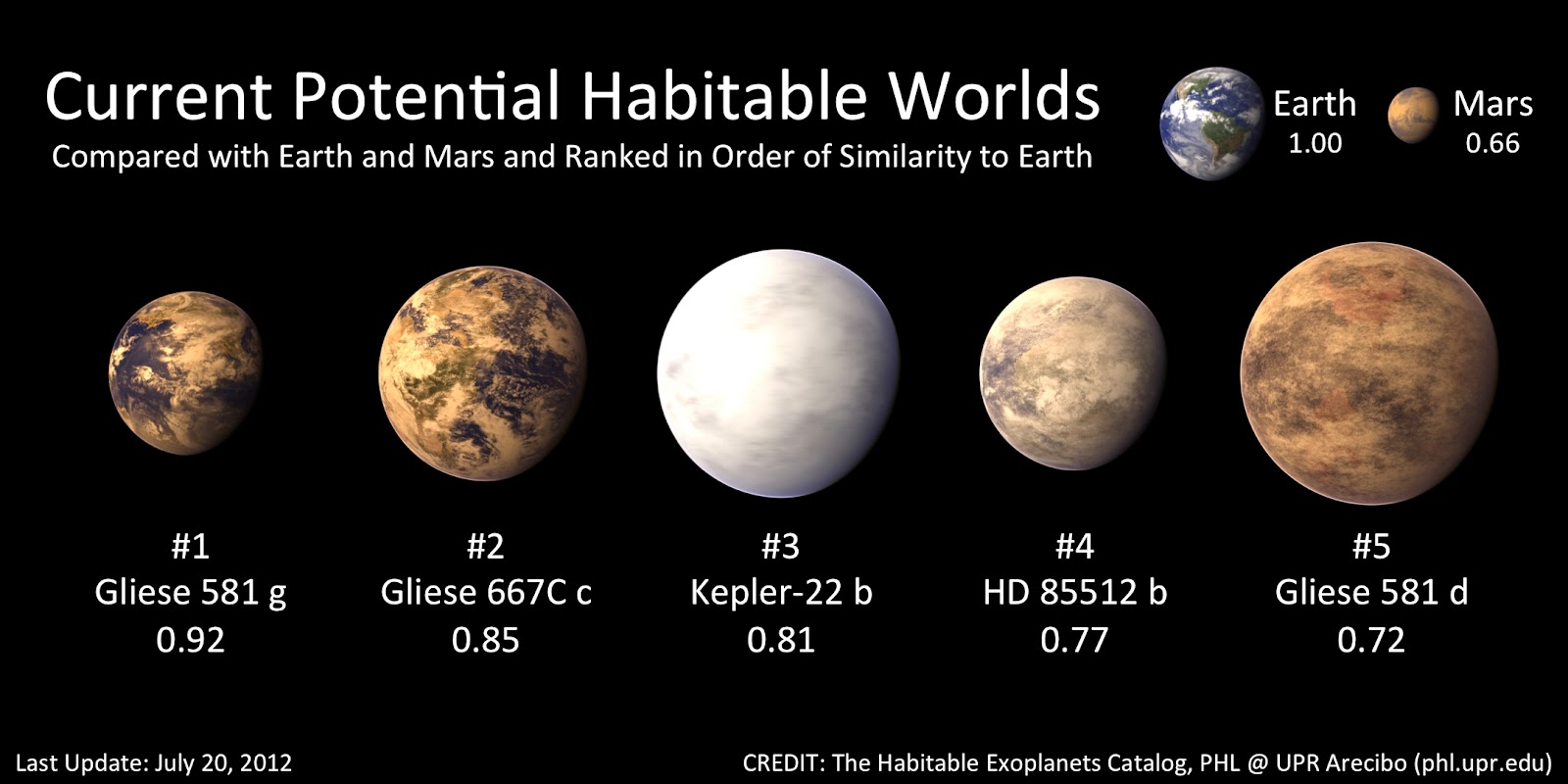 From the title of this post, you might think that we are going to discuss rapacious financial systems that leave bleak and shattered worlds in their wake. However, there are libraries full of critiques of every economic system under the sun, from Marx to Hayek to Piketty. If you want to understanding why the modern world looks, acts and even smells like it does, then a complete understanding of our economic system (neo-liberal capitalism) is a must.
From the title of this post, you might think that we are going to discuss rapacious financial systems that leave bleak and shattered worlds in their wake. However, there are libraries full of critiques of every economic system under the sun, from Marx to Hayek to Piketty. If you want to understanding why the modern world looks, acts and even smells like it does, then a complete understanding of our economic system (neo-liberal capitalism) is a must.
What we are discussing is fictional governments and the economic systems that power them. In the same way you shouldn't trust a work of fiction that lacks a political view (post on that later), you should never trust a work of speculative fiction that fails to have a coherent economic model.
There are a number of hard science fiction stories that detail the economic model of the universe they inhabit. The anachro-capitlaism post-scarcity of The Culture universe, to the Techno-liberalism of Peter Hamilton's Nights Dawn and Pandora Star series and the Ur-libertarianism of Snow Crash.
With the increasing interest (some might say "peak interest") in YA anti-Utopian fiction, care should be made to create plausible economic models that support the oppressive government systems in your work.
As an example of a partially detailed economic system, take the Hunger Games series. The economic model of Hunger Games is never explicitly described. However, we do know that it features both low and high-tech manufacturing (and presumably some form of higher and advanced education), as well as massive resource extraction (see districts 12, 4, 3, and 7). Most of these resources appear to be earmarked for the use by the citizens of the capital. While there is some form of income and wealth generation in the Capital, the mechanisms of distribution, both in terms of employment and luxury end-products, is murky. Clearly, Panem operates on an authoritarian command economy (equal parts oppressive communist in the districts, and some form of open / limited market in the Capital), but there is no clearly identified private firms or companies. It is possible that everyone in the Capital works for the Capital, at which point it forms a closed economy independent from the rest of the districts, but receives tribute as a form of "Dividend on oppression".
What's the point you ask? The Hunger Games is about a contest (and thinly veiled allegory) of teenagers forced to kill one another for entertainment value, who cares about economic models? Well, arm chair economists for one, but authors and readers who appreciate detailed world building for another.
Economic systems influence political systems, and you can't world build without a political system. You can try, but your characters ( more so if they are plucky teens rebelling against authority) need to have a platform for their views. Why is the Authoritarian government bad? Because it controls people. In the Hunger Games, one of the reasons the Government is so terrible is that it appears to run forced labor facilities all over the country (See District 11 and 12 - forced shaft coal mining and Farming. Lets avoid the fact that District 11 is full of African Americans forced to pick fruit).
Forced labor camps only make political sense in certain economic systems. If your economic system does not prize competition and liberty, your political system will reflect that, not vice versa. For instance, slavery is an economic system, racial supremacy and oppression come about as political rationals meant to justify the economic model. So in truth, the economic model (cheap/ free labor and resources) informs the political system (massive authoritarian repression), not the other way around.
Conflict, the lifeblood of good characterization, often stems from disparities in economic standing. As another example, the Lannisters of Game of Thrones are wealthy (or so they say ) patrons of the crown based, not on their knowledge of science or mathematics, but their ability to extract gold from the land under their feet. In contrast, the Iron Bank of Bravos yields capital in the form of interest bearing loans on prior loaned capital and merchant marine services. In both instances, their wealth and resources allows them to take political positions that lesser equipped houses and organizations could not implement. The golden rule abides.
Therefore, when constructing a world for your characters to inhabit, look to the economic model to explain motivations of not only the government (if there is a government) but the people rebelling against the government. When conducting analysis or reviewing the work of others, look to the naturalness of the political and economic systems. Is the world resource constrained? If so, the political system will seek to control individuals. If the individuals rebel, what will that rebellion do to the availability of resources? Does the author address the economic rational of the villains, and the economic downside of the protagonists goals? Working through these issues will leave less gaps that must be hand-waived through exposition or ball-hiding, resulting in a tighter work that focuses on plot.
2014 Moorsgate Media (www.moorsgatemedia.blogspot.com)









